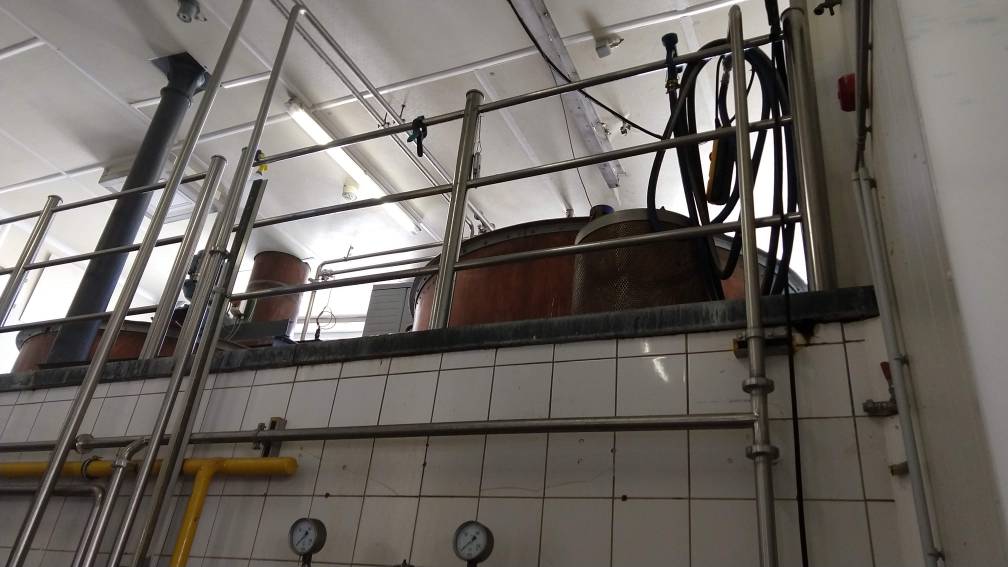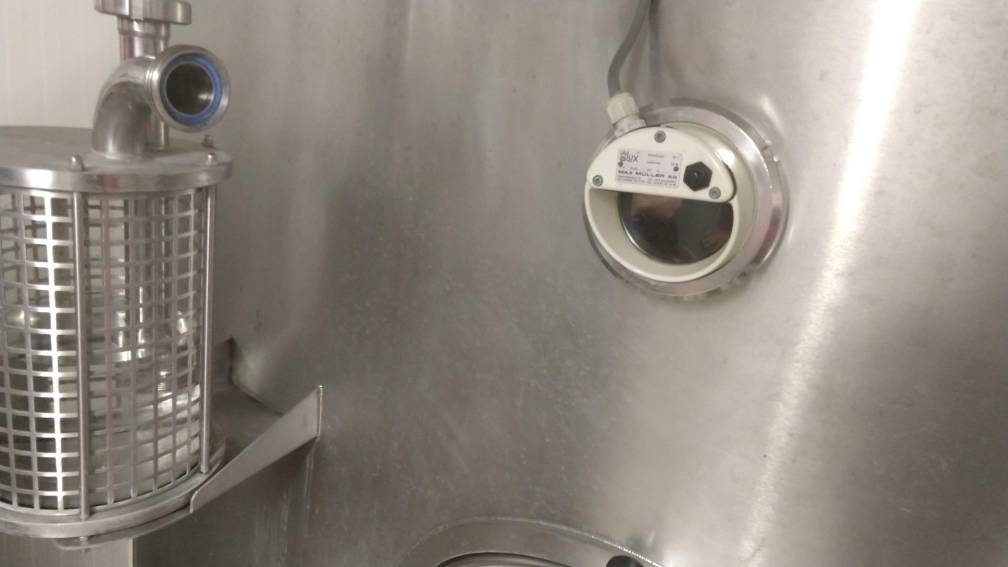This is a bit off-topic, but this here is a prime example of how our findings in this recent preprint (
https://www.biorxiv.org/content/10.1101/654681v1 ) can explain some of the scenarios homebrewers encounter with saison strains (I started a separate thread a couple of weeks ago with the main results:
https://www.homebrewtalk.com/forum/threads/solving-the-mysteries-of-diastatic-brewing-yeast.666744/ ). The main finding in our study was that many saison strains (i.e. those with the STA1 gene) have a deletion in the promoter of the STA1 gene. In simple words, many strains with the STA1 gene have a mutation that decreases the amount of enzyme produced.
We haven't tested WY3724, but based on everyone's experiences with it (i.e. it easily gets stuck, doesn't superattenuate easily) we can assume that this is a strain with a deletion in the STA1 promoter. We did test WLP565, and that strain had a deletion in the STA1 promoter. Another finding in the study, was that the saison strains (i.e. those that belong to the Beer2 clade) use the STA1 glucoamylase as the main mechanism for maltotriose use, and having the deletion in the promoter significantly decreases production of this glucoamylase and hence maltotriose use.
In practice, this means that when people use this strain and fermentation seems stuck, you most likely are in a situation where the yeast has consumed all the maltose and glucose from the wort and most of the maltotriose remains (this is usually around 1.018-1.024 in a 1.060 wort). The STA1 enzyme is still produced at very low levels in strains with the deletion, so with time the yeast might consume most of the maltotriose. The main factor that encourages production of the STA1 enzyme in strains with the deletion is oxygen. So this could be one of the reasons that people have reported better attenuation with open fermentations. Adding another yeast late is fermentation might not work, since the wort contains almost exclusively the complex malt sugars at that point (but can always be tried).

































![Craft A Brew - Safale BE-256 Yeast - Fermentis - Belgian Ale Dry Yeast - For Belgian & Strong Ales - Ingredients for Home Brewing - Beer Making Supplies - [3 Pack]](https://m.media-amazon.com/images/I/51bcKEwQmWL._SL500_.jpg)


























